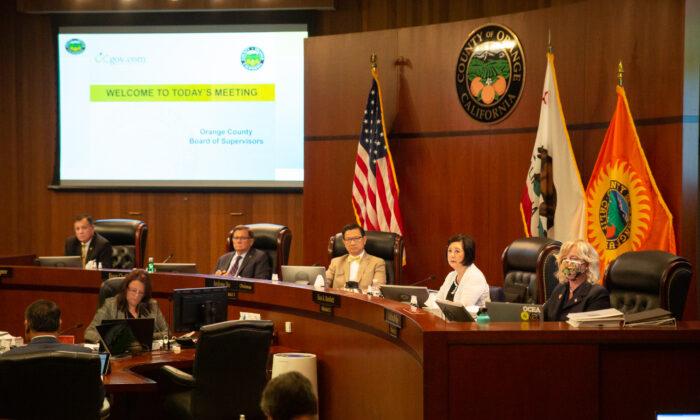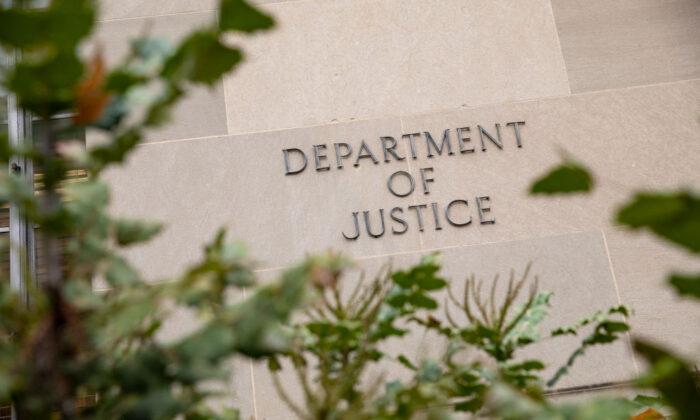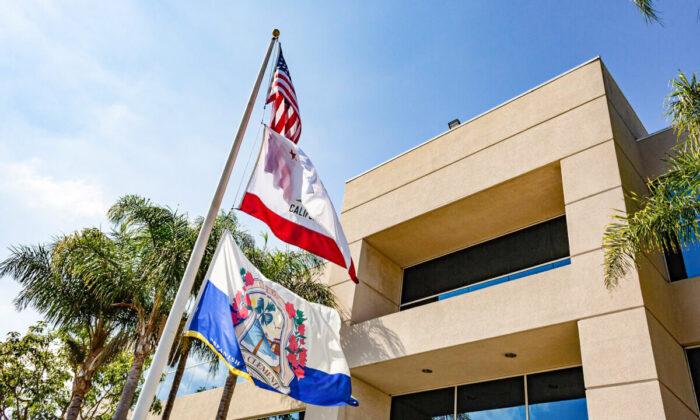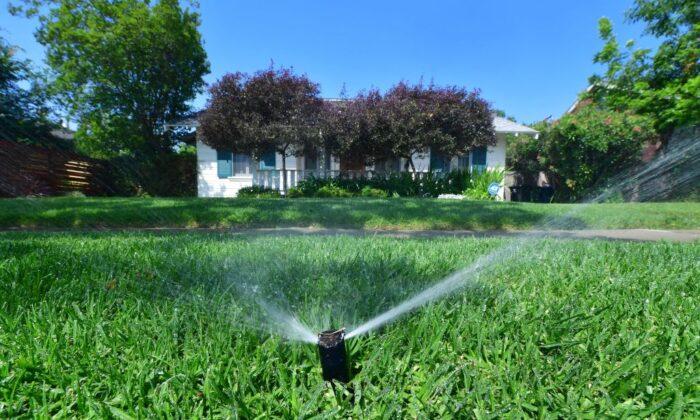SANTA ANA, Calif.—The Orange County Board of Supervisors unanimously passed a resolution on Nov. 23 establishing a Community Facility District (CFD)—a neighborhood with an extra tax on property owners to fund nearby infrastructure projects and other services—in Rancho Mission Viejo, California, incurring up to $165 million in bond debt and authorizing a special tax levy.
“It’s a great thing to move forward,” Supervisor Lisa Bartlett said during the meeting.
Bartlett said that only residents within the CFD in Rancho Mission Viejo will bear responsibility for the special tax levy.
“It’s not all taxpayers throughout Orange County,” she said.
Local governments typically form CFDs to provide annually funded public services such as police and natural disaster protection, recreation, and city maintenance. They’re also for capital projects like public parks, schools, libraries, child care, and infrastructure.
Other funding goes toward the Rancho Santa Margarita Water District ($40.5 million), Capistrano Unified School District ($3.3 million), and Orange County Fire Authority ($3 million), plus another $6 million toward dry utilities and a drainage basin.
John Moorlach, former Orange County supervisor and California state senator, said he has always opposed CFD land planning.
“The argument [for CFDs] is that the price of the home will be lower because the annual property taxes are higher,” Moorlach told The Epoch Times.
By implementing a CFD in a new community, it allows the developer to forego paying off the bond, Moorlach said. “This a methodology of subsidizing developers.”
However, the drawbacks potentially create more administrative burdens, higher taxes, and penalties if the property owner fails to pay the tax, Moorlach said.
The resolution passed gives the bonds issued no more than 30 years of repayment and cannot exceed 8 percent interest rates.
The next step for the resolution requires an election among the residents and property owners with a two-thirds affirmative vote to establish the CFD.





